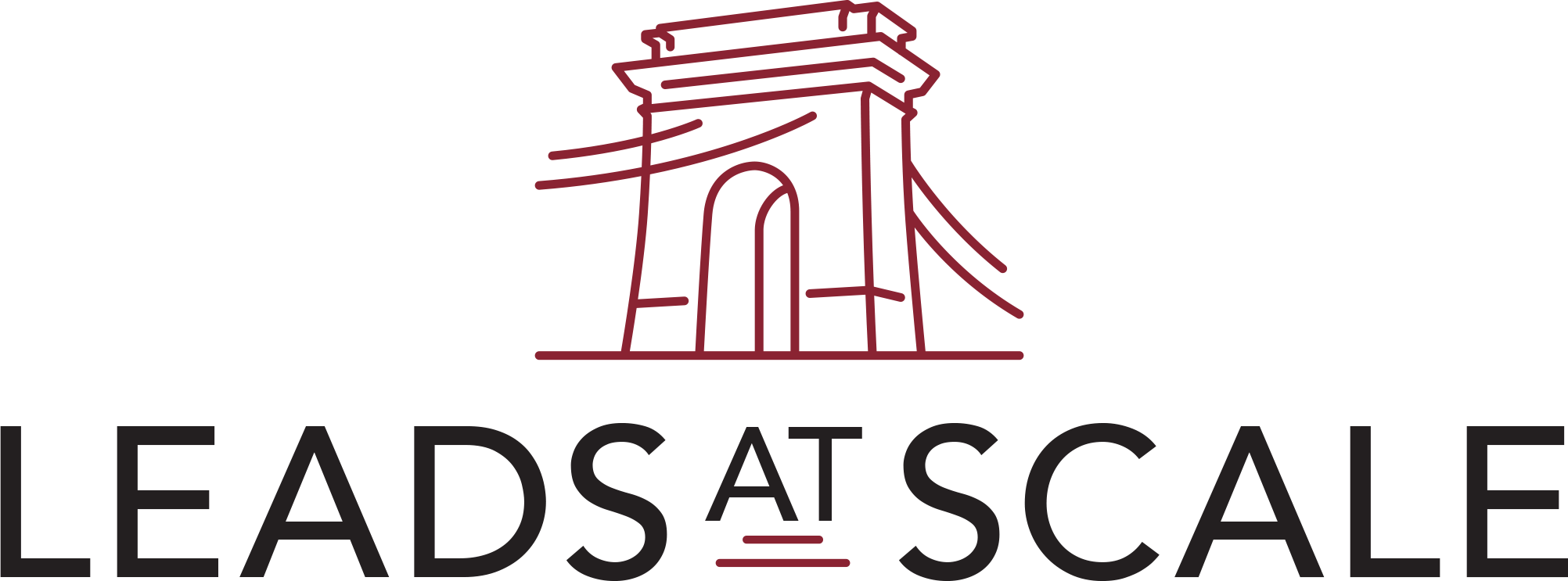Outreach marketing is one of the most effective ways to connect with potential customers and close more deals. Unfortunately, many businesses leave money on the table because they get discouraged when their outreach efforts don’t produce results immediately. A prospect not answering your cold email right away doesn’t mean they’re not interested—it could simply mean they’re busy!
In this blog post, we’ll show you how to build a sales cadence to stay top-of-mind with your prospects and increase your chances of closing more deals.
What Is a Sales Cadence?
A sales cadence is an outreach sequence for salespeople to nurture their relationships with prospects. A typical sales cadence might involve sending a series of emails, making phone calls, and scheduling follow-up meetings.
The goal of a sales cadence is to stay in front of your prospects so that you’re the first person they think of when they’re ready to buy. You can do this by providing valuable information, answering their questions, and building trust over time.
With a sales sequence in place, you’ll never have to wonder what to do next with a prospect. You’ll always know what the next step is, which will help you move prospects through your sales pipeline more efficiently.
Why is a Sales Cadence Needed?
There are several reasons why you might need a clearly defined cadence in sales, including:
Easier Tracking
With a sales cadence, you can easily track when prospects are engaging with your outreach efforts. This information is valuable because it allows you to make changes to your cadence if necessary.
For example, if your email open rates are declining, you might consider changing the day of the week you send your emails. Or, if you notice that most of your prospects are responding to your phone calls, you might want to focus your efforts on making more phone calls.
Tracking your sales cadence also allows you to see which prospects are further along in the sales process and which ones need more nurturing. This information is valuable because it will enable you to tailor your outreach efforts to each individual prospect.
Scalable Strategy
A great thing about sales cadences is that they’re easily scalable. As your business grows, you can add more steps to your cadence or reach out to more prospects without re-inventing your outreach strategy. Even as you hire more salespeople, a sales cadence can help ensure that everyone follows the same process and uses the same messaging.
Increased Conversions
Research shows that follow-ups are crucial to conversion. In fact, prospects need to hear from you an average of five times before they’re ready to buy. With a sales cadence in place, you can ensure that you follow up with your prospects regularly. In the long run, this strategy will help you close more deals.
Easier Teamwork
Finally, a sales cadence can help create harmony within your sales team. When everyone follows the same process, there’s less room for error. When you have a system for tracking prospects, you can avoid duplication of effort and ensure that the right person contacts each prospect at the right time.
How To Build a Sales Cadence?
To make your efforts effective you will need to implement a well-defined sales cadence. This will require you to consider several factors and sales cadence best practices.
Prepare Customer Personas
The first step in creating a sales cadence is to prepare customer personas. If you’re unfamiliar with customer personas, they’re simply profiles of your ideal customers. Consider reading our post on how to create buyer personas for more information.
When creating customer personas, you’ll want to consider factors such as:
- Job title
- Industry
- Company size
- Pain points
- Goals
- Objections
Customer personas will help you create targeted content and messages that resonate with your ideal prospects. As a result, you’ll be able to create a sales cadence that’s more likely to convert prospects into customers. You might have to change your language, format, or offer to attract each persona, so make sure you take the time to create targeted profiles.

Choose One or Multiple Channels
The next step is to decide which channels you’ll use for your sales cadence. The most common channels include:
- Email: Email is a great way to stay in touch with your prospects and nurture them through the sales process. When using email, you’ll want to consider the frequency of your messages, the day of the week you send them, and the time of day.
- Phone calls: Phone calls can be the best way to establish a personal connection with your prospects. However, you’ll want to be careful not to come across as too salesy. Instead, focus on building a relationship and understanding the prospect’s needs.
- Social media: Social media is a more informal way to stay in touch with your prospects. You can use social media to share your company’s story, show off your culture, or simply connect with prospects on a personal level.
- Direct mail: Direct mail is a great way to break through the noise and get your prospect’s attention. However, direct mail can be expensive, so you’ll want to ensure it’s the right channel for your business.
Decide On The Number of Touchpoints
Touchpoints are the different interactions that you have with your prospects. They can include everything from email to phone calls to in-person meetings. The number of touchpoints you include in your sales cadence will depend on your business and goals.
In general, we recommend starting with a low number of touchpoints and gradually increasing it over time. There’s a fine line between selling a valuable service and becoming an annoyance, so err on the side of caution in the beginning. You can always add more touchpoints later if your sales cadence isn’t generating the desired results.
When deciding the number of touchpoints in a sales cadence, you should also consider the length of your sales cycle. If your sales cycle is short, you might only need a few touchpoints. However, if your sales cycle is longer, you might need to include more touchpoints to keep your prospects engaged.
Set a Duration (schedule)
Every sales cadence should have a start date and an end date. The duration will depend on your goals, sales cycle, and the number of touchpoints you include in your cadence. We recommend setting a period of two to three weeks for each sales cadence. That should give you enough time to connect with your prospect and move them through the sales process.
It’s also important to note that you can (and should) create multiple sales cadences. You might have a different cadence for each stage of the sales process or each type of customer persona. By segmenting your market, you can create targeted sales cadences that are more likely to convert.
Focus on Creating High-Quality and Relevant Content
Accompanying each touchpoint should be a piece of content, a key element for an effective sales outreach cadence. The content should be relevant to the prospect and help move them closer to a sale. For example, you can tag your prospect in a blog post you shared on LinkedIn or add an explainer video to your email follow-up.
High-quality content isn’t just a buzzword. It’s the lifeblood of an effective sales cadence, fostering strong relationships with prospects. Your prospects are inundated with countless sales messages every day. For your message to resonate with them, focus on crafting relevant, value-laden content.
Try to avoid using content as a way to simply hard-sell your product or service. Instead, strive to offer value to the prospect. Understand their challenges and needs, addressing their pain points. Great content answers their queries and provides insights that help them in some way or another. Keeping your buyer persona in mind is crucial when creating content for your sales cadence. What kind of content will they find helpful? What will resonate with them? Some people might not have time to read a long e-book, but they might appreciate an infographic.
That’s why we see more and more brands developing eBooks, case studies, blog posts, whitepapers – anything that resonates with the target audience. For instance, a webinar on ”how to increase productivity” could capture the attention of a busy CEO. An infographic on ”the latest marketing trends” might click with a Marketing Manager looking for fresh ideas. Your thoughtfulness in personalizing the content will rarely go unnoticed.
Lastly, create content that tells a story, not just about you and what you sell, but also about them and how they can benefit from what you offer. Keep it informative, engaging, and, most importantly, focused on them. They’ll enjoy learning from you and start seeing you as an authority in your field over time.
Make Use of CRM to Manage Sales Cadence
CRM applications are your secret weapon to managing your sales cadence with surgical precision. Maintaining a systematic, well-organized outreach strategy can be a real game-changer. CRMs can help streamline your sales process and manage relationships with prospects more effectively. They also give you a superior understanding of your sales pipeline.
Going back to automation, they can help manage and automate tasks like sending follow-up emails. Use them to schedule appointments, and set reminders for calls. No more missing out on those critical touchpoints!
Most CRMs also provide comprehensive insights about customer ownership. You’ll find options to track communication history and document customer preferences. Moreover, they integrate seamlessly with most email marketing platforms helping you track open rates, click-through rates, and more. This kind of data helps identify trends in prospects’ behavior. Use these to adjust your cadence strategy accordingly.
Positive relationships are at the heart of effective selling. The right CRM makes maintaining those relationships more manageable.

Try A/B Testing and Measure
Next, you want to continually fine-tune your sales cadence and measure your results if you’re looking for consistent business growth. See what’s working and what’s not so that you can adjust your sales cadence accordingly. In a realm where evolving customer behavior is the norm, sticking to a set formula could mean missed opportunities. A tried-and-tested way to keep your finger on the pulse and make well-informed decisions is A/B testing. The goal is to improve your results to close more deals continually.
A/B testing, also known as split testing, allows you to objectively work out differing outcomes of two or more variables. For example, you could test if personalized subject lines in emails garner more opens than generic ones or if a certain CTA button attracts more clicks. The core idea of A/B testing in sales cadences is simple. It helps pinpoint what’s working better by providing hard data rather than relying on gut instincts.
Consider experimenting with the following:
- Touchpoint sequencing
- Communication timing
- Content Format
- Message variation
- Topics
However be cautious not to alter too many variables at once, as it complicates deciphering which specific change brought results.
Once you amass and analyze the data from your A/B tests, tweak your sales cadence accordingly. The brilliant thing about this method is that there’s no end to optimization. As your understanding of your prospects deepens over time, you’ll keep refining your communication strategy, inching closer toward that perfect sales cadence one test at a time.
Automation of Sales Cadence
So, you’ve meticulously crafted your sales cadence, but how do you streamline the process for maximum effectiveness? The answer lies in automating. Automation is a key element in a fruitful sales cadence. It helps free up a chunk of precious time which can be utilized to connect personally with customers or concentrate on high-value tasks. You’ll no longer be bogged down by mundane tasks like sending out repetitive emails or scheduling follow-ups.
Consider using automated tools for email marketing and social media posting. Scheduling automatic deliveries of emails and posts ensures consistent communication without having to lift a finger. A word of caution, though; automation doesn’t mean impersonal communication. Customize messages as much as possible. Try to include clients’ names or reference something related to their interests.
Moreover, with automation software, analytics are accessible at the drop of a hat. This provides clear visibility on client interaction, helping pinpoint what’s working and where changes are needed. Embrace automation but always put the human touch front and center. After all, we’re building relationships here, not just making sales.
Final Thoughts
A sales cadence is an essential tool for any salesperson. You can build relationships, establish trust, and close more deals by staying in touch with your prospects and delivering relevant content.
Lead at Scale provides lead generation services that help companies close more deals. Our sales experts can help you build a custom sales cadence tailored to your business. We also offer a range of other sales services, so feel free to get in touch and learn more about what we do.



